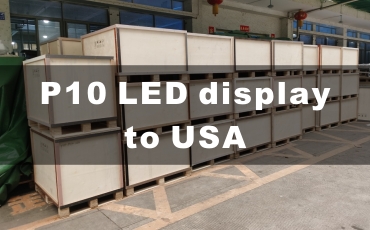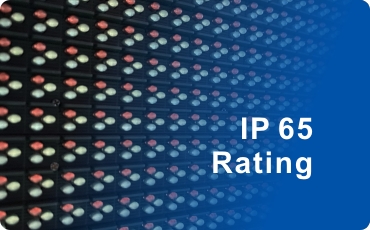Introduction to LED Display Surface Quality
When you place your hand on an indoor LED display screen or an outdoor digital sign board you expect a smooth, uniform surface with no bumps or dips. Flatness defines how even the front face of a video wall or wall display appears to the human eye and camera.
Poor flatness can lead to visible seams, uneven illumination, color shifts and a subpar viewing experience. Whether you are evaluating a billboard at a sports stadium or a flexible LED screen wrapped around a curved stage backdrop, understanding flatness is the first step toward professional installation and lasting performance.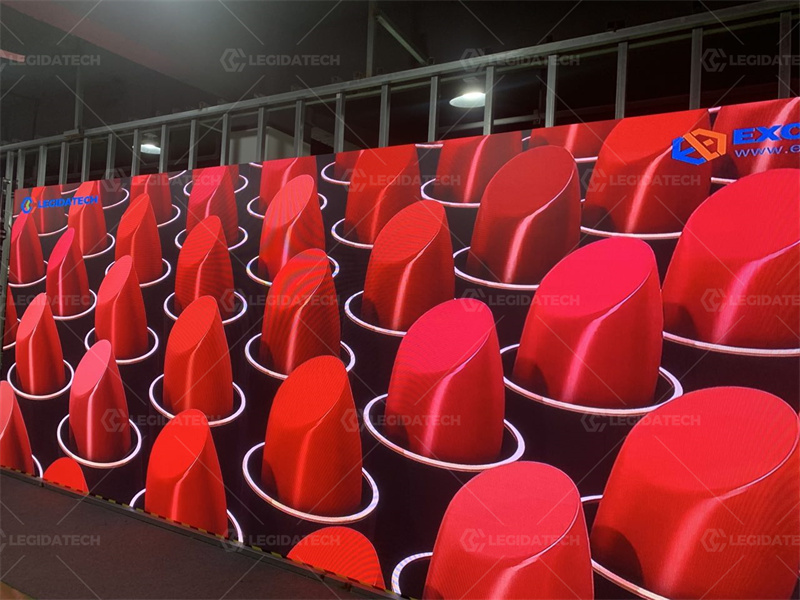
What Is LED Screen Flatness and Why It Matters
LED screen flatness—sometimes called panel levelness or video wall surface uniformity—is the variation in height across adjacent LED modules. Flatness is measured in millimeters and directly affects the depth and shadowing that viewers perceive.
In practical terms a 0.1 mm gap between two modules might not sound like much yet under studio lights you could see a dark line or slight color fade.
For high-resolution led screen panels with pixel pitches under 1 mm even tighter tolerances of 0.05 mm are required to achieve seamless images on an LED screen wall.
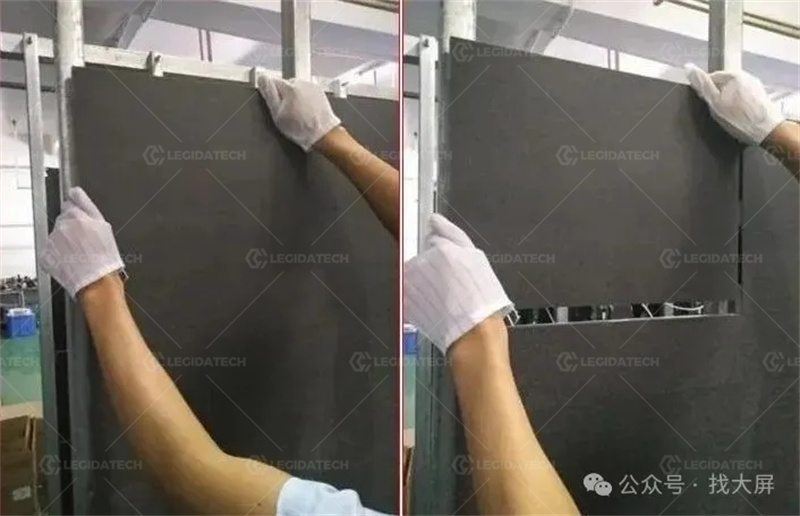
Key Applications: Video Wall, Wall Display and Billboard Installations
When we speak of led video wall manufacturers or led display factory offerings they often highlight pixel pitch and brightness but flatness remains equally crucial. In a boardroom an indoor led display wall demands near-perfect flatness so that presentations appear natural under wide-angle cameras.
Outdoor led screen installations on building facades or billboards must withstand weather while maintaining flat surfaces in the face of wind and temperature shifts.
Even led screen rental for the event production market emphasizes panel levelness so that stage backdrops, transparent led screens or led film screens look flawless on camera.
Factors Influencing Flatness in LED Displays
Several factors determine flatness across your led screen assembly. The frame and chassis precision at the led display manufacturer sets the baseline tolerance. PCB and mechanical housing alignment influence how modules sit against each other.
Hook-and-loop or rail-mounting systems must be calibrated so every led screen panel aligns flush. Thermal expansion during operation can push adjacent modules out of plane if the materials differ significantly.
For flexible led screens or curved wall displays the installation bracket curvature also plays a role. Proper structural support and regular inspection of mounting hardware ensure long-term flatness.
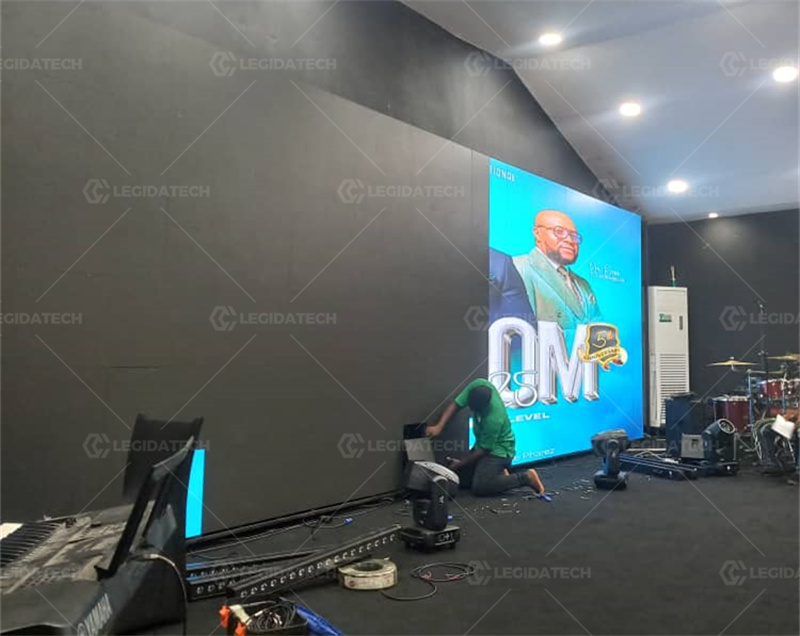
Measuring Flatness in LED Screen Projects
Professional integrators often use laser levels, optical flatness gauges or feeler gauges to quantify module height variations. A laser level sweeps across the display face to record deviations while a feeler gauge offers a quick hands-on check during setup.
In controlled environments LED display manufacturers calibrate every module to under 0.1 mm tolerance for indoor led display screens and under 0.3 mm for larger pixel pitches.
For billboard LED panel installations outdoor tolerances around 1 mm are acceptable but integrators must account for wind-induced deflection and thermal drift.
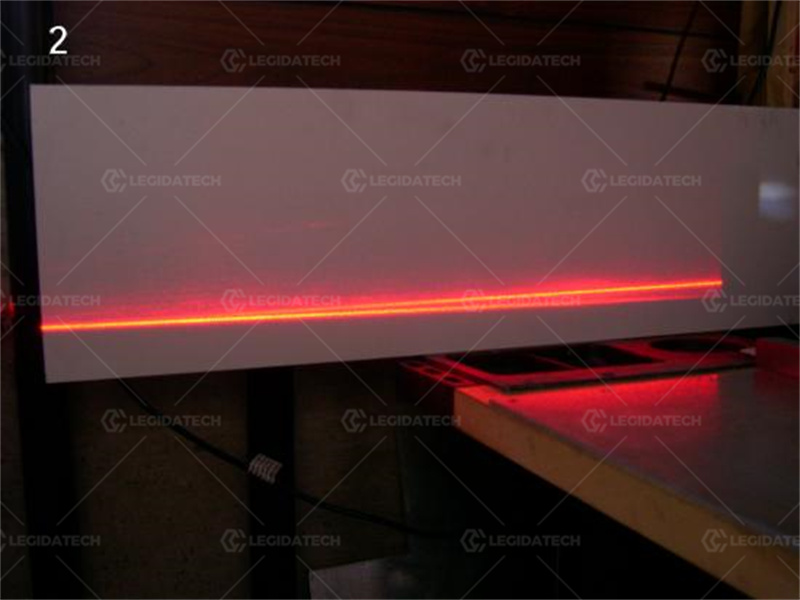
Industry Standards and Best Practices
The T ZZB 0741-2018 standard for indoor LED screens sets flatness requirements based on pixel pitch. According to this guideline small-pixel led screens for control rooms or broadcasting studios require flatness under 0.05 mm between modules.
Larger pitch panels follow with allowances up to 0.3 mm. Outdoor digital sign boards and commercial billboards use more relaxed thresholds but still demand consistency across all modules.
Reputable led display USA suppliers and led display china factories adhere to these standards and document flatness measurements for quality assurance.
Installation Techniques to Achieve Optimal Flatness
Successful installation of a video wall or wall display begins with a rigid sub-structure. We recommend using modular mounting rails that allow micro-adjustments to each led screen panel. During installation technicians should tighten fastening bolts sequentially and recheck flatness after every few modules to avoid cumulative errors.
For led screen rental operations where the configuration changes frequently quick-release clamps combined with plastic alignment shims can preserve flatness while reducing setup time. In all cases temperature acclimation before final tightening prevents thermal stress that could deform the panels.
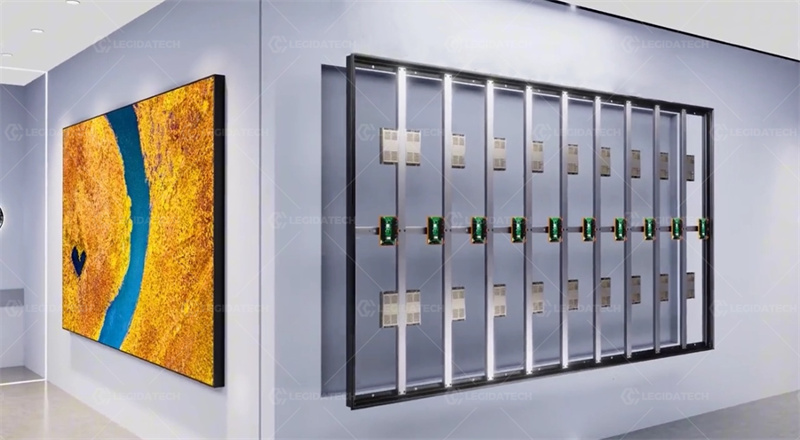
Maintenance, Calibration and Repair
Even the best-installed led display wall will require ongoing maintenance to retain flatness. Annual inspections should include retorquing mounting hardware and verifying module alignment. For flexible led screens or curved wall displays special jig-kits help restore original curvature and flatness after transportation.
If flatness issues arise from damaged hooks or worn brackets led screen repair technicians can replace individual modules without dismantling the entire wall. Transparent led screen installations also benefit from periodic cleaning to remove dust and debris that can create uneven surfaces.
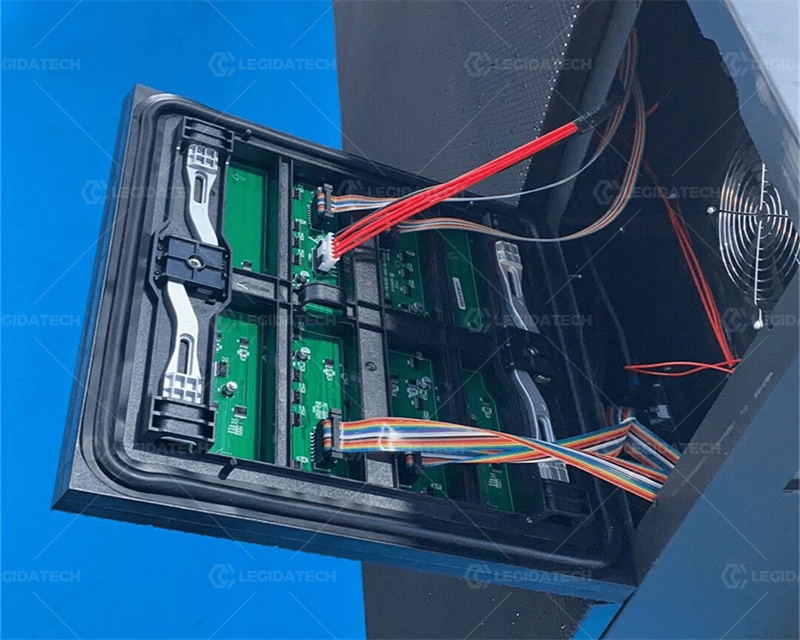
Choosing the Right LED Screen Partner
When sourcing your next LED display project consider partnering with a trusted led video wall manufacturer that offers comprehensive documentation of flatness tests and adheres to international standards.
A reliable led display manufacturer or led display factory will provide on-site training for your integration team, access to led screen rental options for testing and detailed maintenance guides.
If your project spans indoor led display screens and outdoor digital sign boards a full-service partner able to supply flexible led screens, led film screens and transparent led screen solutions ensures seamless visual performance.
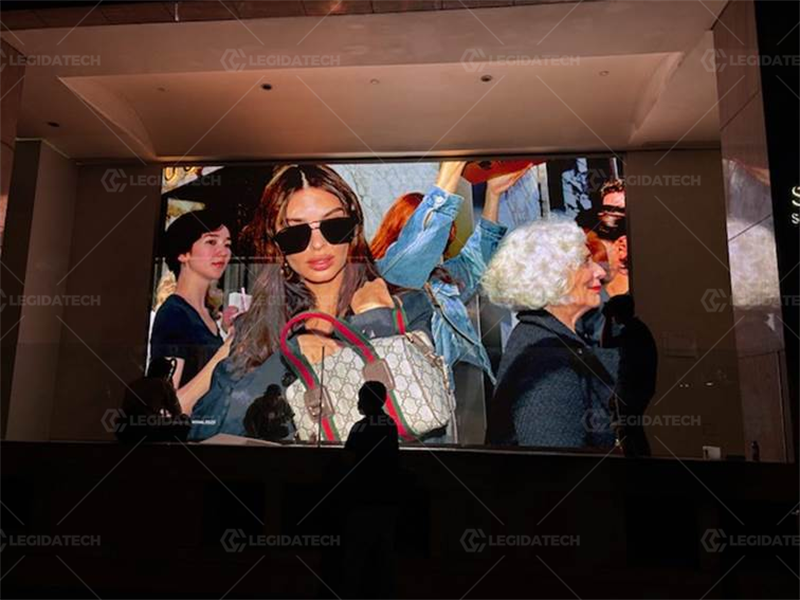
Conclusion
Flatness is not just a technical specification—it is the bedrock of a compelling viewing experience on your LED screen, video wall, wall display or billboard. By understanding the factors that influence flatness, implementing precise measuring techniques and following industry standards, you can achieve crystal-clear images and vibrant color uniformity.
Whether you are an AV integrator, event producer or facility manager our team at www.ledscreenfactory.com is ready to help you select the right LED display solutions, maintain perfect flatness and deliver stunning visual environments that stand the test of time.
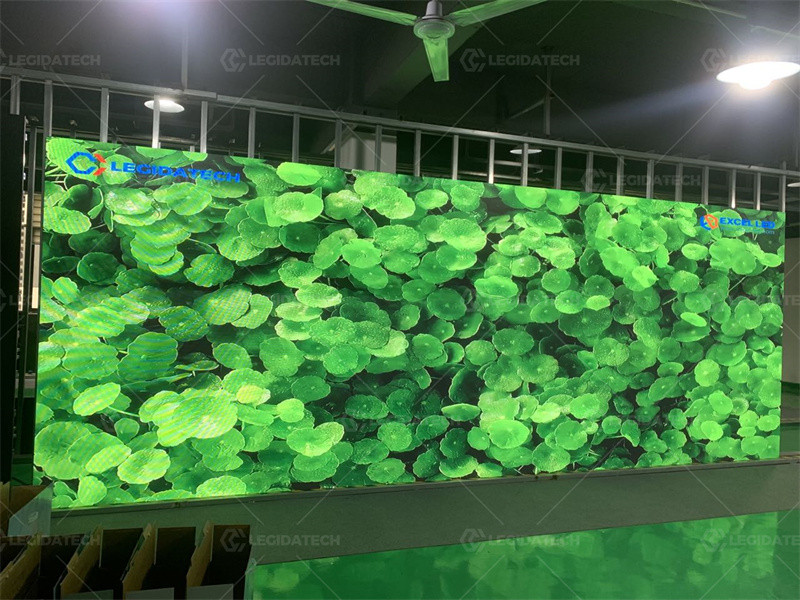
Author:Amy



